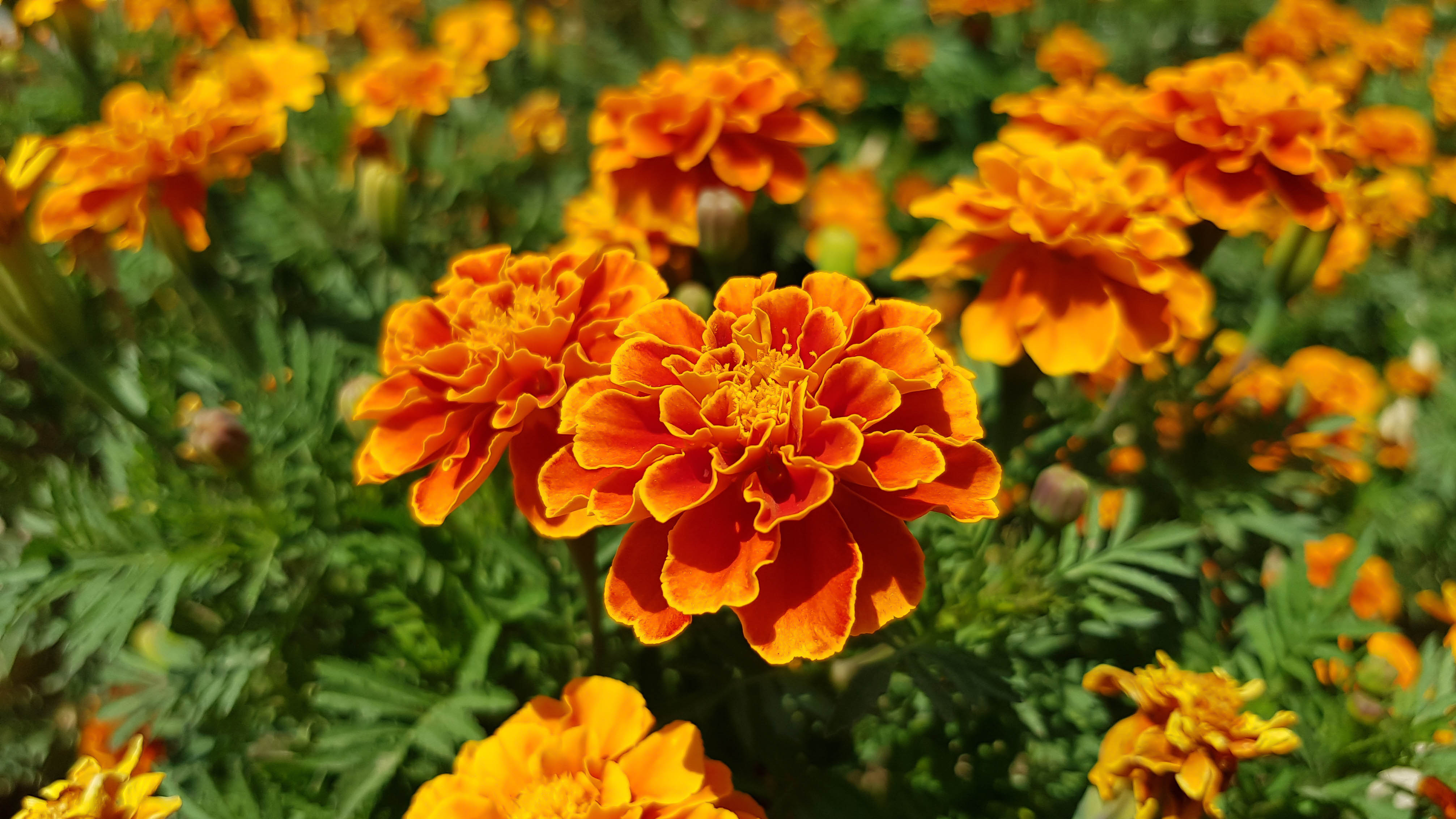5 ways to keep moles out of your yard this spring
Here’s how you can protect your yard from moles this spring

Moles are cute to say the least, but they can also be destructive. These mammals often cause excessive damage to the grass and flower beds as they tunnel their way through the ground. Should they emerge, they leave behind unattractive mounds of dirt as well.
While they’re technically aerating the soil as they work, moles are ultimately an unwelcome guest due to the overall mess they cause. And there are ways to learn how to aerate a lawn without such consequences.
It’s all well and good looking up how to get rid of moles, but if you can deter them from visiting in the first place you can save a lot of damage. By making a few small changes to the conditions of your yard, you can keep moles at bay without hurting them, and enjoy your outdoor space, undisturbed. Here are 5 ways to keep moles out of your yard this spring.
Are groundhogs invading your yard instead? Here's 7 ways to get rid of groundhogs without hurting them.
1. Don’t overwater

The first, and most important point, is to avoid overwatering your yard. Moist soil is preferable for moles to tunnel through because it breaks apart that much easier. Plus, you’re attracting no end of earthworms and insects in these conditions, which is what the moles are searching for.
Not only will overwatering your lawn add to your bills, it’s no good thing for the grass either. It will drown fresh seeds, rot existing roots and leave conditions muddy. It will ultimately suffocate and kill the grass.
Of course, you don’t want to underwater your yard either. While this will make things more difficult for the moles, you could be impairing your grass' health at the same time, as it needs regular access to moisture. Make sure you’re applying the right amount of water, while taking the weather conditions into account. A mature lawn requires about an inch of water a week for guidance. If you’re learning how to plant grass seed, conditions should be moist, but not saturated.
Sign up to get the BEST of Tom's Guide direct to your inbox.
Get instant access to breaking news, the hottest reviews, great deals and helpful tips.
2. Plant these flowers

While moles usually wont eat your flowers or the bulbs, there are certain varieties which they will actively steer clear of. This is because the plants feature an overwhelming aroma which the moles want to avoid. Examples of this include daffodils and marigolds. If you want to grow some vegetables in the process, garlic and shallots work well as well. These are just some of the 7 plants that repel moles and keep them out of your yard.
Consider the best placement of these plants to get the maximum impact on the moles. For instance, if you’re confident of where they’re likely to tunnel through, plant your flowers directly in the pathway around the border of your yard. If you opt to grow the vegetables, remember that they will need replacing once harvested as well. For step-by-step guidance, see how to grow garlic.
If you’d rather grow flowers and you’ve got pets running around, plant marigolds instead of daffodils. Daffodils are toxic to both cats and dogs, while Garden Marigolds are non-toxic.
3. Add some noise and pets

If you’ve ever tried to spot an emerging mole, you will know how easily they scare. While their vision is poor, they are very sensitive to touch and sound, and the slightest noise will have them running for the hills — or burrowing under them. So, if you want to keep the moles at bay, a noisy yard is the way to go.
Don’t worry, you don’t have to create a constant ruckus; a few well-placed ultrasonic emitters will do the trick, such as the Mole Repellent Solar Powered 4 Pack ($32.99, Amazon). These emit a low frequency pulse directly into the soil to make things uncomfortable for the moles.
If you want to put moles off further, pets can help as well. As natural predators, dogs will make a lot of noise, especially if they spot a mole, and cats will attempt to catch them. If pets mark the yard with their urine, this can keep moles at a distance as well, because they then see it as dangerous territory.
If you don’t have pets, you can also apply a caster oil solution around your yard, with a product such as Nature’s MACE Mole & Vole Repellent ($19.97, Amazon). This won’t hurt the moles, but it will deter them with regular application.
4. Get rid of insects

Moles love to eat all kinds of grub, from ants and snails to beetles — a particular favorite is earthworms. So if you’ve got a bountiful supply of insects in your soil, this will be the primary attraction of your yard. You’ve got a few options here. You can lower the number of insects in your soil in general using an insecticide, such as Spectracide Triazicide Insect Killer For Lawns ($7.88, Amazon).
You can also reduce the insect population by limiting what attracts them. Earthworms in particular love compost and manure, so make sure you’re using no more than necessary to limit exposure. Diluted mustard is also known to deter earthworms. You can spray this around your yard to repel the moles’ favorite snack.
Of course, insects are no bad thing for your lawn, so we would only recommend reducing the insect population as a last resort.
5. Add some barriers

Finally, if your yard is lacking barriers, these can really help keep any moles out of the vicinity. A metal mesh barrier can be effective, so long as it’s buried two feet deep and protrudes several inches above the ground. Just make sure the moles won’t be able to squeeze themselves through small gaps in such a fence.
Alternatively, a trench can help keep moles out of your yard. It needs to be two feet deep and six inches wide to be effective. You can then fill it up with rocks for an attractive border.
If you want to protect plant roots from damage, you can also buy wire baskets for such a purpose. An example would be the Digger’s 1-Quart Root Guard Speed Baskets ($17.98, Amazon).
More from Tom's Guide

Katie Mortram used to be a Homes Editor for Tom's Guide, where she oversaw everything from kitchen appliances to gardening tools, as well as smart home tech. Specializing in providing expert advice for cleaning and home manintenance, she now works as Household Advice Editor for Good Housekeeping.
